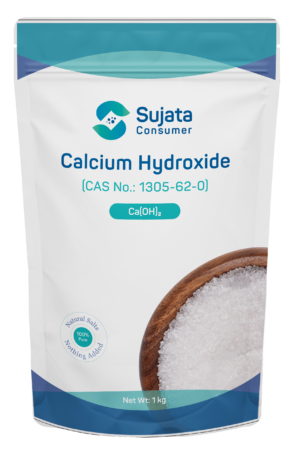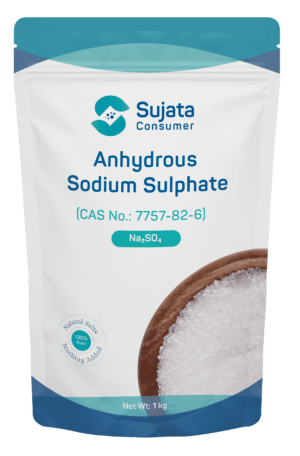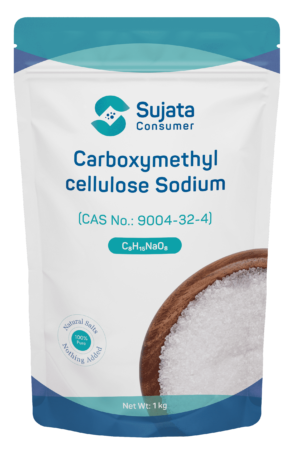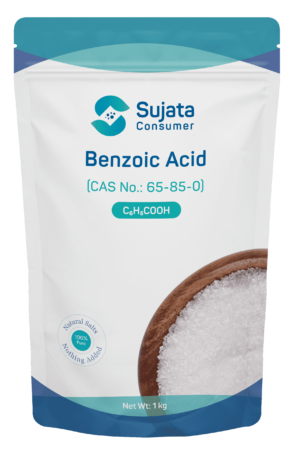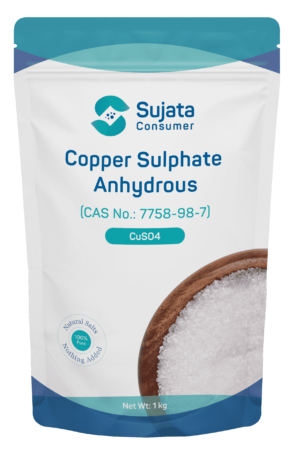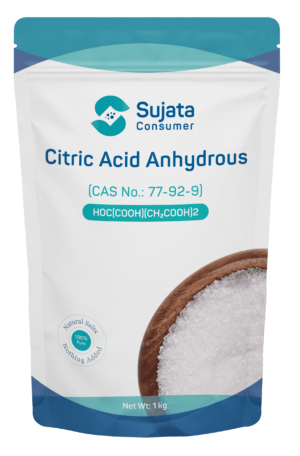Boric Acid
Boric acid, also known as hydrogen borate or boracic acid, is a weak acid with the chemical formula H3BO3. It is a white, crystalline powder that is composed of boron, oxygen, and hydrogen atoms.
Description
Boric acid, also known as hydrogen borate or boracic acid, is a weak acid with the chemical formula H3BO3. It is a white, crystalline powder that is composed of boron, oxygen, and hydrogen atoms.
| Product Name | Boric Acid |
| Catalog Number | PU22000013 |
| CAS No. | 10043-01-3 |
| Molecular Formula | H3BO3 |
| Molecular Weight | 61.83 g/mol |
| Grade | PUURETA (Pure) |
| HS Code | 28100020 |
| Categories | Lab Chemicals |
| EC Number | 233-139-2 |
| Synonyms | Boracic acid |
| Appearance | White or almost white, crystalline powder, colorless, shiny plates greasy to the touch, or white or almost white crystals. |
| Solubility | soluble in water and, freely soluble in boiling water |
| Assay (Min.) | 99.00% |
| Loss On Drying (Max.) | 0.50% |
| Sulphate (Max.) | 0.0450% |
| Chloride (Max.) | 0.01% |
| Arsenic (Max.) | 0.001% |
| Lead (Max.) | 0.0030% |
Boric acid, also known as hydrogen borate or boracic acid, is a weak acid with the chemical formula H3BO3. It is a white, crystalline powder that is composed of boron, oxygen, and hydrogen atoms.
| Product Name | Boric Acid |
| Catalog Number | PL22000013 |
| CAS No. | 10043-01-3 |
| Molecular Formula | H3BO3 |
| Molecular Weight | 61.83 g/mol |
| Grade | PLURAATA (Extra Pure) |
| HS Code | 28100020 |
| Categories | Lab Chemicals |
| EC Number | 233-139-2 |
| Synonyms | Boracic acid |
| Parameter | Specification |
| Appearance | White or almost white, crystalline powder, colorless, shiny plates greasy to the touch, or white or almost white crystals. |
| Solubility | soluble in water and, freely soluble in boiling water |
| Assay (Min.) | 99.50000% |
| Alcohol Insoluble Matter (Max.) | 0.00500% |
| Water Insoluble Matter (Max.) | 0.05000% |
| pH (5% Solution) | 3.8-4.8 |
| Chloride (Max.) | 0.00020% |
| Phosphate (Max.) | 0.00100% |
| Sulphate (Max.) | 0.00100% |
| Arsenic (Max.) | 0.00010% |
| Calcium (Max.) | 0.00100% |
| Magnesium (Max.) | 0.00100% |
| Copper (Max.) | 0.00050% |
| Iron (Max.) | 0.00020% |
| Lead (Max.) | 0.00050% |
| LOD (Max.) | 0.50000% |
Natural Occurrence: Boric acid is found naturally in some volcanic spring waters and hot springs. It can also be extracted from certain minerals, such as borax and sassolite.
Chemical Properties: Boric acid is a weak acid and a Lewis acid. It is only slightly soluble in water, which means it can act as a buffer to control acidity. It can also form a range of borate compounds when it reacts with other substances.
Preservative: Boric acid has been used as a food preservative, particularly for foods like caviar and some canned goods. However, its use as a food additive is subject to regulations and restrictions in many countries.
Antiseptic and Disinfectant: Boric acid has antiseptic and disinfectant properties. It has been used in various medical and personal care products, such as eye drops and creams for treating minor skin irritations and infections.
Insecticide: Boric acid is used as an insecticide to control pests like ants, cockroaches, and termites. It disrupts the digestive systems of insects and can be an effective, low-toxicity alternative to chemical pesticides.
Glass and Ceramics: Boric acid is used in the glass and ceramics industry. It is added to glass formulations to lower the melting point, improve glass clarity, and enhance its resistance to thermal expansion. In ceramics, it serves as a flux to reduce the melting temperature of glazes and increase gloss.
Metallurgy: In metallurgy, boric acid is used as a flux during the soldering and welding of metals. It helps remove oxide layers from metal surfaces and promotes better bonding.
Chemical and Laboratory Applications: Boric acid is used in various chemical and laboratory procedures as a reagent, buffer, and pH adjuster. Crafts and Hobbies: Boric acid is used in various arts and crafts projects, including making fire-colored effects in ceramics and glass.



